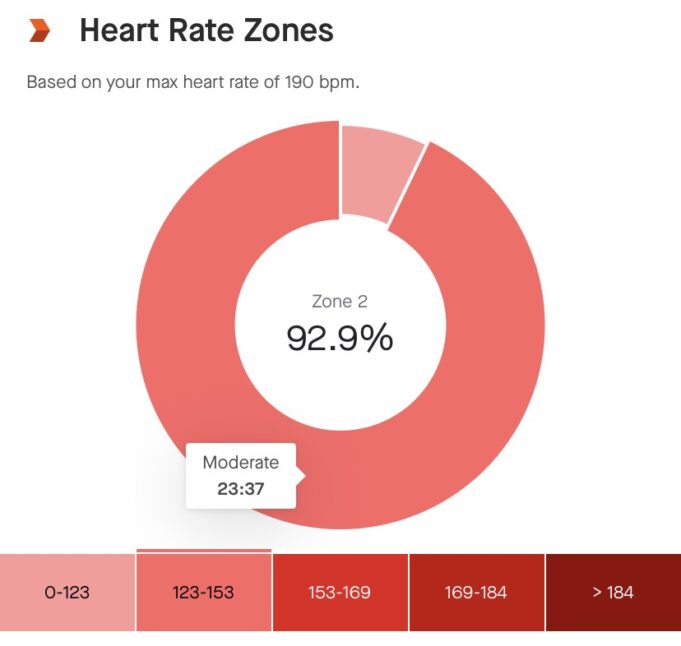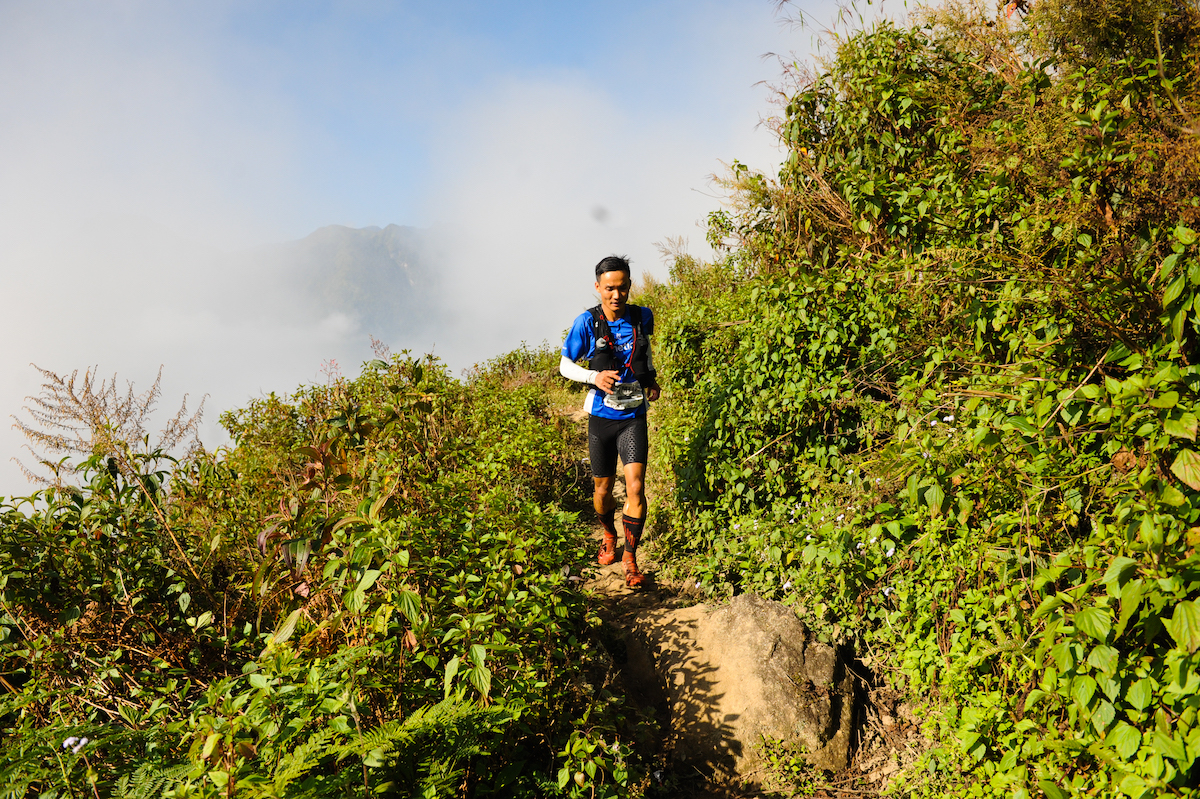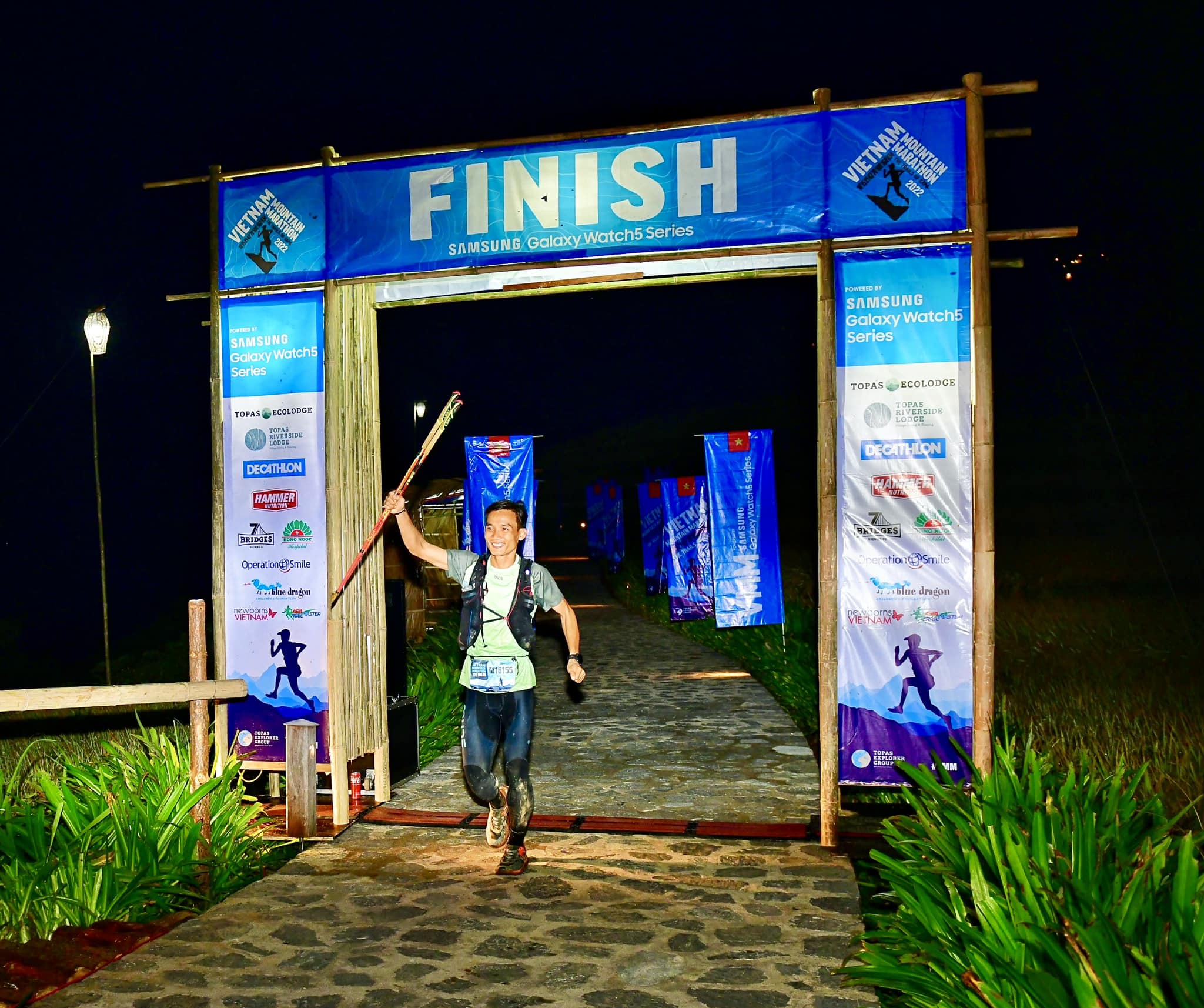- Menu
-

- Vietnam Trail Marathon
- Vietnam Ultra Marathon
- Vietnam Jungle Marathon
- Vietnam Mountain Marathon
- NEWS
-
How to Run Faster with Zone 2 Pace and Heart Rate
Zone 2 training is a very effective means of becoming a better ultra runner and it can also help you become faster too. Here Coach and Champion Quang Tran – Founder of Kilomet Coaching, explains how this important training zone has benefited his running and how it can help you.
One of the great things about becoming an ultra-runner is that you don’t need to run too fast – reaching the finish line is about endurance and willpower.
I’m a fan of the philosophy of slowing down to get faster. Most of my workouts consist of running in the easy Zone 2.
My Improvement Through Zone 2
Looking back to 2017, I was capable of running at a pace of 4:20 for a full marathon (close to sub-3 hours), yet most of my training was consistently at a slow pace of around 6:00 due to my understanding of the crucial role of the aerobic system in endurance sports. So, I diligently trained, even though slow running was quite mundane.
Over time, I experienced the joy of progressing significantly. Currently, at the same pace, I can run with my heart rate at 30 beats lower compared to 2017.
My current personal best in a full marathon is 2h44. I also believe that it’s thanks to training with slow runs in Zone 2 since the end of 2016 that my endurance capacity has improved significantly.
This approach helped me secure the championship title in the 2017 VMM 100km race, my first win in my running career.


Zone 2 Pace and Heart Rate – Don't Compare with Others
For me, zone 2 heart rate is a range of 120-130. This is because my max heart rate is 192.
It is very important to note that my zone 2 heart rate and your zone 2 heart rate are probably not the same.
You can find out own your zones using a heart rate monitor – all the main sport watches will set your zones for you. They will be visible on your app and on your watch. If you use Strava Premium you will also see them on there.
My zone 2 pace on the flat is around 5:00-5:15/km. Compare this to my 21k race pace which is 3:25/km. This means in zone 2 I am running relatively easy. Your zone 2 will also be relatively easy.
Most watches will automatically set your zones when you use the watch. On Strava Premium you can set the zones by adding a race or time trial time in the app.
You should not compare your own zone 2 heart rate or pace with someone else’s. It is personal. Maximum heart rates vary a lot.
Another important fact is how high your max heart rate is does not relate to how good you are at running.
However, what is the same for me and for you is the benefit we get from running in zone 2.


How much zone 2?
As a general guide, the 80/20 system is useful. This means 80% of your running time can be in zone 2, with the remaining 20% at the higher intensity zones. When coaching, I will look at the specific goals of athletes to tailor this, but 80/20 is a good starting point.


How Zone 2 Makes You a Better Runner
Gentle training helps develop the aerobic system. The aerobic system plays a crucial role in endurance sports, as it supplies most of the energy needed for such activities.
This system uniquely utilizes oxygen to process nutrient-derived energy. The first nutrient to be burned is carbohydrates, followed by fats and proteins. Carbs are stored in limited quantities in the body, while fats provide abundant energy, allowing us to sustain activity for extended periods. Therefore, to improve endurance performance, we need to enhance our ability to burn fat. That’s why I regularly train in the light running zone to develop the aerobic system.
Training in the comfortable Zone 2 stimulates slow-twitch muscle fibers and forms the foundation for good endurance.
Consider this: 99% of the energy used in a marathon comes from the aerobic system, and even in a 10km race, 95% of the energy is derived from this system. This illustrates the importance of the aerobic system.
Building an aerobic foundation takes a lot of time and involves seemingly monotonous exercises, mostly consisting of slow runs at a comfortable pace.


I always liken this training approach to building a solid foundation for a house. A sturdy foundation allows for a high roof. For me, the greatest joy in endurance sports is maintaining a long-lasting bond with it, persevering, and seeing myself progress each day.
If you see me running slower than others, don’t compare; just trust and persevere.
Learn more about other experiences from Quang Tran via his coaching platform, Kilomet, here.
